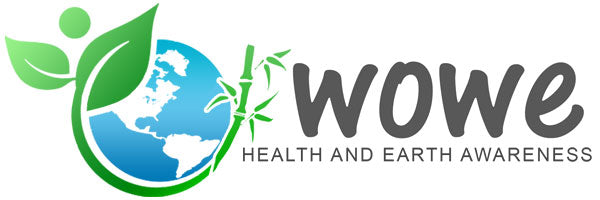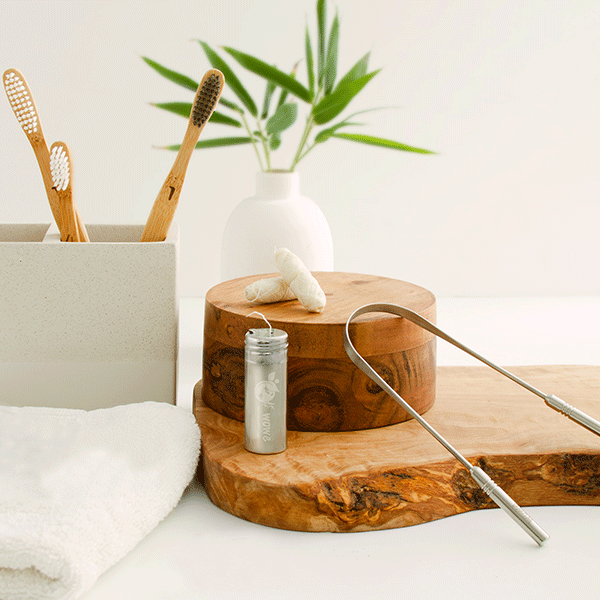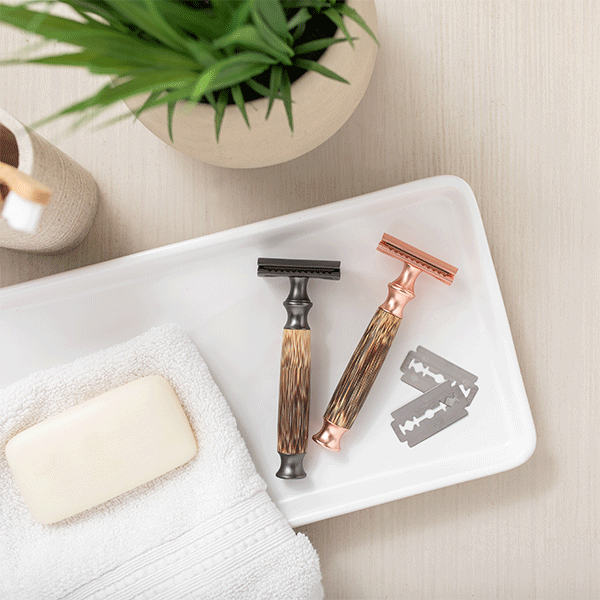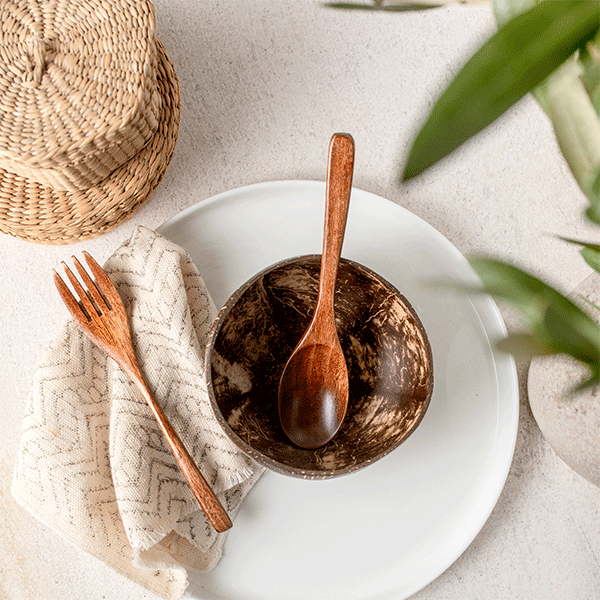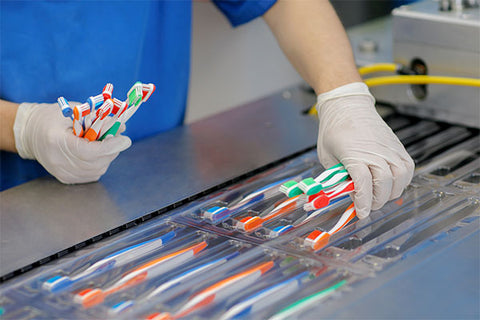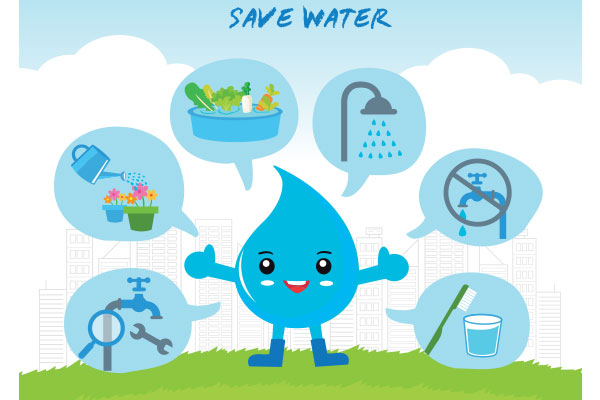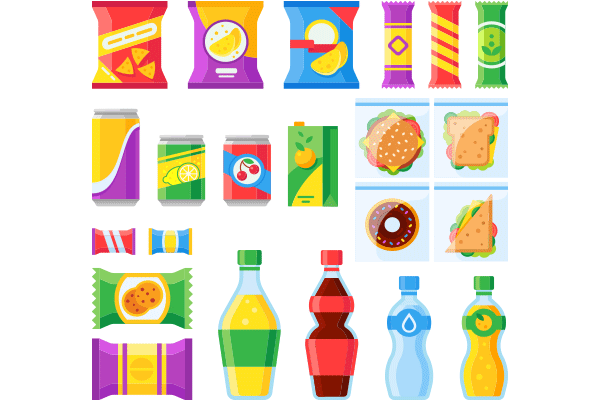Toothbrushes are something most of us take for granted; they sit silently in our bathrooms and only get attention once or twice a day, so it only makes sense that toothbrushes are not at the forefronts of our minds. For most of us, this is the case with all everyday items. Items we use daily are those that we take most for granted, and most of us probably never even consider where they came from, or where they go when they are no longer being used. In this article, we are going to talk about the lifecycle of the toothbrush to raise awareness about the materials being used in everyday items and to help you consider what alternatives may be better for you and for the planet.
In the Factory
Though they are simple tools, toothbrushes take a lot of work to create. Here are the many steps involved in creating a traditional plastic toothbrush.
1. The Handle
The first step in creating a traditional plastic toothbrush is to melt plastic pellets. Once liquified, the plastic is shot into a toothbrush handle-shaped mold using an injection machine. The toothbrush handle mold has all the features of the final toothbrush. In order to ensure proper molding, the molds are squeezed while the plastic cools. Once fully cool, the plastic handles can be removed from the molds and prepared for the next step.
2. The Bristles
Once the plastic handle has cooled, it is time to attach the bristles. Most toothbrush bristles are made from nylon, which is soft enough to be used on the teeth but durable enough to withstand multiple uses. The bristles are stapled in place and secured to the core of the toothbrush. Once in place, the bristles will need to be trimmed; this is done with a machine that can precisely trim the bristles to match the desired length and shape.
3. The Packaging
Once complete, the toothbrushes need to be packaged for sale. Most commonly, toothbrushes are package in a combination of plastic and cardboard. The packages must supply information like bristle firmness and whether the toothbrush is certified by the American Dental Association.
In the Store
The next step in the lifecycle of your toothbrush is for it to be transported to a store and hung for sale. Toothbrushes can be found in drugstores, convenience stores, department stores, online, and in a plethora of similar locations. Most stores have a huge variety of plastic toothbrushes to choose from, so many in fact that you could easily have one for every day of the week. Your toothbrush will wait patiently in the store until you decide to purchase it and bring it home.
In Your Home
The humble toothbrush is one of the few things you can guarantee everyone has in their home. Toothbrush and toothpaste are essential tools, ones most people will refuse to go without for more than a day. Once inside your home, you should not keep your toothbrush longer than three months; this is the generally agreed upon time at which your toothbrush will begin to wear down and become less effective. Once you hit the three-month mark, it is time for a new toothbrush.
In the Trash
Now that you are done using your toothbrush and have tossed in the trash, you would think that its lifecycle is complete. Wrong. Your toothbrush has just begun its life, and it won’t be nearing its end for close to 1000 years. That’s right! It takes around 1000 years for traditional plastic toothbrushes to disintegrate, meaning none of us will be around to see the day our toothbrushes meet their end. Once you throw away your toothbrush, it will likely be brought to a landfill where it will sit, unchanged, for many many years.
Environmental Impact
Now that you have a better idea of the lifecycle of your toothbrush, you may be asking yourself “doesn’t all that plastic in the landfills impact the environment?” It very much does. Over 1 billion plastic toothbrushes are thrown away every year in the US alone, meaning we are pouring plastic into landfills at an alarming rate. Toothbrushes are non-recyclable items, meaning they cannot be repurposed and must be thrown away.
Besides being brought in alarming numbers to landfills, plastic toothbrushes are also one of the biggest contributors to ocean pollution. As plastic in the ocean continues to pose a threat to both wildlife and humans, toothbrushes remain a constant problem. With thousands being discarded every day, plastic toothbrushes are overrunning our natural resources and causing serious environmental concerns.
How You Can Help Reduce Plastic Waste
With toothbrushes being one of the number one contributors to plastic waste, the time is ripe for a plastic toothbrush alternative. Toothbrushes used to be made from natural materials like bone and wood, only making the transition to plastic in the early 1900s. In truth, it wasn’t until around WWII that plastic toothbrushes became popular, meaning a time when plastic wasn’t the norm is not too far off.
Now, as environmentalism and consumer awareness have become increasingly more popular, more and more consumers are becoming interested in plastic alternatives. Alternatives to plastic products are cropping up all over the place, and if they are widely accepted by consumers, we may see a dramatic reduction in annual plastic waste and pollution. Wowe Lifestyle is one such company interested in reducing waste and offering plastic alternatives to our customers. One of Wowe’s most proud creations is the Eco-Friendly Natural Bamboo Toothbrush made entirely plastic free!
Why You Should Choose a Bamboo Toothbrush
There are many advantages to using a bamboo toothbrush, but most importantly, you will have selected an amazing plastic toothbrush alternative that won’t spend 1000 years in a landfill. Wowe Natural Bamboo Toothbrushes are made entirely without plastic - seriously, even the packaging is plastic free! Created to be as effective as a traditional plastic toothbrush, Wowe Bamboo Toothbrushes are durable, water resistant, antimicrobial, and biodegradable! How often do you come across a biodegradable toothbrush? Made from natural bamboo, Wowe toothbrushes can be disposed of guilt-free or kept and repurposed.
Other Biodegradable Alternatives
Now that you have done your research and know the impact plastic toothbrushes have on the environment, you may be wondering if there are other parts of your health and beauty routine that may need an environmental revamp. Where else can you eliminate and find plastic alternatives?
- Straws: Plastic straws are yet another common item most people don’t consider, but also pose a massive threat to the environment. Plastic straws are not biodegradable, taking years to disintegrate. Plastic straws also cause harm to sea creatures and other wildlife, often being accidentally digested by hungry animals, or becoming lodged in their bodies. But who doesn’t like drinking out of a straw? If you love straws but want to cut down on plastic, try the Wowe Stainless Steel Metal Straws! These straws are completely reusable, durable, and perfect for sipping a cold drink on a hot summer day.
- Water Bottles: Plastic water bottles are yet another serious threat to environmental health and safety. Thousands of bottles are thrown away every day, most finding their way into landfills, oceans, rivers, and other natural environments. One of the best ways to combat plastic pollution is to purchase a reusable water bottle. The Wowe Stainless Steel Water Bottle is an amazing option, featuring a bamboo cap, double vacuumed walls to protect your hands, and 25oz of space for your favorite drink.
- Produce Bags:Produce bags are yet another massive contributor to plastic pollution, with over 500 billion plastic bags disposed of annually. Rather than choosing single-use produce bags, bring Wowe Reusable Cotton Mesh Produce Bags with you to the grocery store. These reusable cotton mesh bags keep your produce safe without harming the environment; simply keep a couple of bags in your car or bag so you are prepared every time you need to pick up some groceries.
Want to learn more about how you can help the planet? Visit Wowe Lifestyle to explore more environmentally friendly products and find tips for going green!

